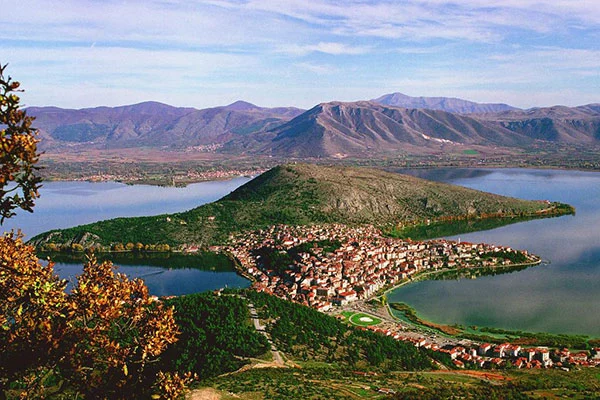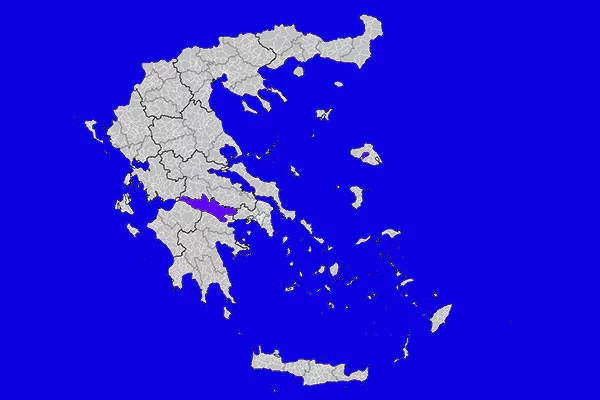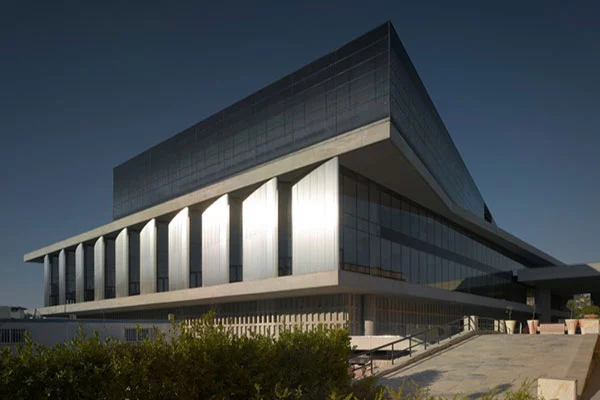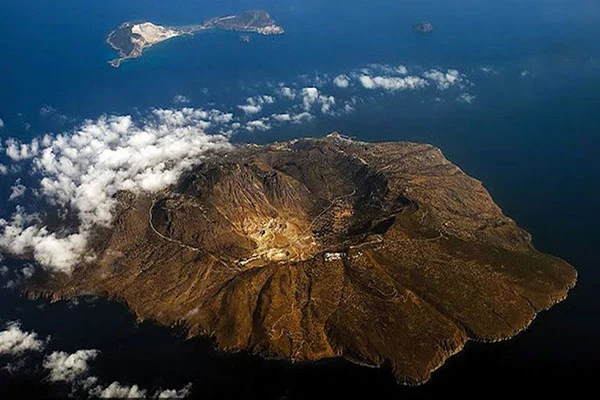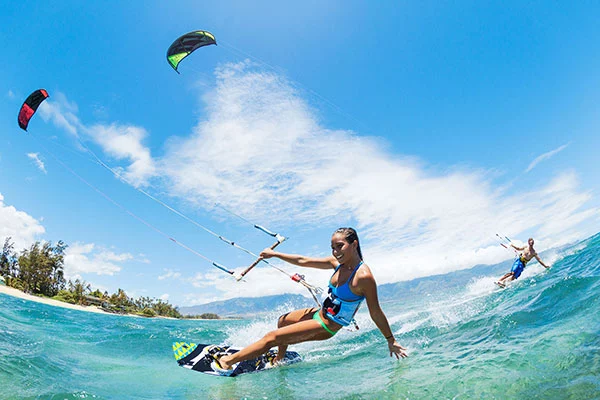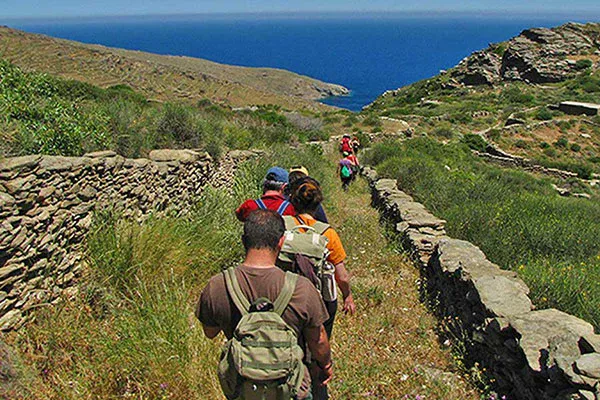
Monastery of Zografou
Monastery Zografou celebrates on the 23rd of April in honor of Agios Georgios. It was founded in the 10th century by three brothers from Achrida Moeses, Aaron and Ioannis in the years of Emperor Leonta Sofou. In ancient documents it is referred to as Monastery of Agios Georgios Zografos. In the 13th century it is also referred to as Monastery of Bulgarians. The Monastery of Zografou is located at the first row of monasteries at the south west beach area of the peninsula in an altitude of 160 m and a 40' distance from the beach and just 3.5 hours from Karyes. It is the 9th in the hierarchy of the monasteries in Mount Athos and its advantageous position saved it many times from disaster.
The first historical source that mentions the monastery is the first document of 972, the 'Goat', which is also signed by the abbot Georgios of Zografou. It is very likely that Bulgarian monks lived at the Monastery since then but unfortunately we know very little about their history until the 13th century. After the 13th century the monastery was profited from both Byzantine emperors and Serbian sovereigns. Also at the end of the 13th century soldiers of the Emperor Mihael Paleologos VIII in collaboration with the Patriarch Ioannis Vekkos tortured and burned alive 26 fanatic monks opposing to the union of the Monastery Zografou. The memorial that was built in 1873 at the courtyard near the entrance of the Monastery, certifies us that this fact took place in 1276. But ultimately Mihael was the one who helped with generous subsidies the 'Bulgarian Monastery΄. Major disasters were also caused by the raids of Catalan mercenaries in 1307-1309. Almost all the buildings that have survived until today belong to the 19th century. Financial support for the construction was offered by Serbian kings and the Paleologoi emperors of the Monastery. In the years of the Turkish occupation the monastery Zografou was also supported by rulers of the Danubian countries. In 1502 the monastery was renovated by the ruler of the Danubian Principalities Stefan VI the Good. In 1716 the east wing was repaired, while from 1862 to 1896 the northern and western sides of the Monastery were built. Since 1845 the Bulgarians had prevailed. The last fire broke out in 1976.
The Katholikon, built in 1800, was painted with murals in 1817 while the narthex in 1840. The dome of the stoup is held by eight pillars. In its center there is a fountain. North of the Katholikon there is the church of the Assumption of the Virgin Mary built in 1758-1764 and painted in 1870. From the 16 chapels, 8 of them are located within the Monastery itself. Above the Prothesis, which was built in 1896, there is the church of Agios Cyrilos and Methodios.
The library, which is housed in the tower of the monastery, contains 10,000 printed books, several manuscripts in Greek, a few rare Slavic and Bulgarian manuscripts and particularly valuable codes. The most important is the Bulgarian code no. 17, the hymnbook of Ravomir in the 13th century. It should also be mentioned that there are 3 Slavic manuscripts, the Minologion (book of months) of Dragan from the 13th century with descriptions of the lives of the martyrs, the Slavic code no.28, a book of 4 Gospels in Slavic from 1569 and finally the Slavic code no. 1, the first record of the history of Bulgaria written by monk Paisios in 1745.
In the sacristy there are the remains of saints and many sacred relics, canonicals, functional utensils, wooden carved crosses and many pictures. One of these is Panagia Epakouousa. Apart from the first picture of Agios Georgios, which is covered with gold, silver and diamonds and is directly associated with the history of the establishment of the Monastery, among its main pictures you can find a second image of Agios Georgios, of Arab origin and a third one which was a gift from Stefan IV of the Danubian Principalities in 1484.
Each day, 100 Orthodox and 10 non-Orthodox male pilgrims are admitted for a three-night stay in one of the peninsula's 20 monasteries. Clergy and those who have a special invitation from the monasteries are excluded. Because of the small number of non-orthodox permits issued, if you are planning to visit Mount Athos you should run the necessary procedures the earliest possible. Women are not allowed to enter Mount Athos by law, and there is a penalty of 12 months’ imprisonment for those who break it. Boys were not allowed in the past, but the policy has become more flexible over the years, and now boys can come if they're accompanied by an adult - usually their father.
To enter Mount Athos a permit is required for both individuals and groups. The permit is issued by the Ministry of Foreign Affairs, Directorate of Churches or by the Ministry of Northern Greece. Orthodox Greeks can apply by producing their identity card at the Athos Bureau in Ouranoupolis on the right side of the port. Diamonitiria (permits to stay as a pilgrim) are issued by the offices of the Athos Bureau, at Ouranoupolis. In order to get their diamonitirion visitors must show their identity cards and pay the sum of €25 for Orthodox visitors, €35 for non-Orthodox visitors or €18 for students. Foreign visitors also need a passport; if you are Orthodox but not Greek, you will need to prove this with a letter from a priest or a baptismal certificate. Foreigners can send an e-mail to athosreservation@gmail.com a photocopy of the request along with their passport. Once you have secured your accommodation, you will need to contact the monastery that you wish by sending a letter to the guest request.
Once in Agio Oros, you can travel around. The hospitality at the monasteries is provided free of charge. Bed and board are offered to the holders of the permit. If you are planning to visit Mount Athos you should bring with you long sleeved shirts, long trousers, flashlight, athletic shoes and a flashlight. Bear in mind that the monastery doors close by sunset. Mobile phones and photo cameras are allowed, but DO NOT photograph the monks. Video cameras are not allowed. Swimming in the sea or listening to loud music is not allowed either. Follow the ritual during lunch and dinner. Everyone, visitors and monks enter the dining room and stand upright in front of their seat. The Abbot prays, gives his blessing, a bell sounds, and everyone sits down to eat without talking to each other. A monk reads ecclesiastic texts and in about 20 minutes the bell sounds for the second time. If you have or you have not finished eating, you must get up, the abbot prays and after he finish you can get out of the dining room.
The Mount Athos Pilgrims’ Bureau- Athos
Official Office
109 Egnatia str,
54635 Thessaloniki
Tel. for nationals +302310252575 Tel. for foreigners +302310252578 Fax +302310222424
Thessaloniki office hours: Monday-Friday 09:00 – 14:00, Saturday: 10:00 – 12:00
GPS Coordinates 40.30626, 24.16023


